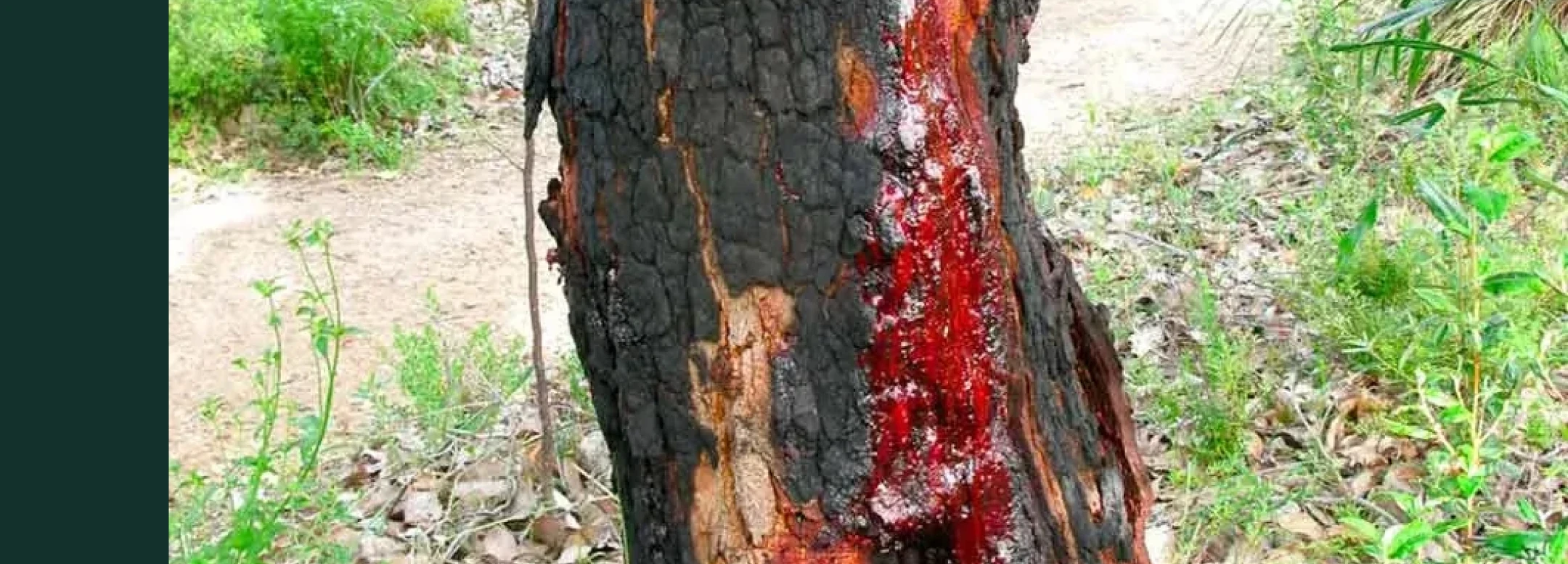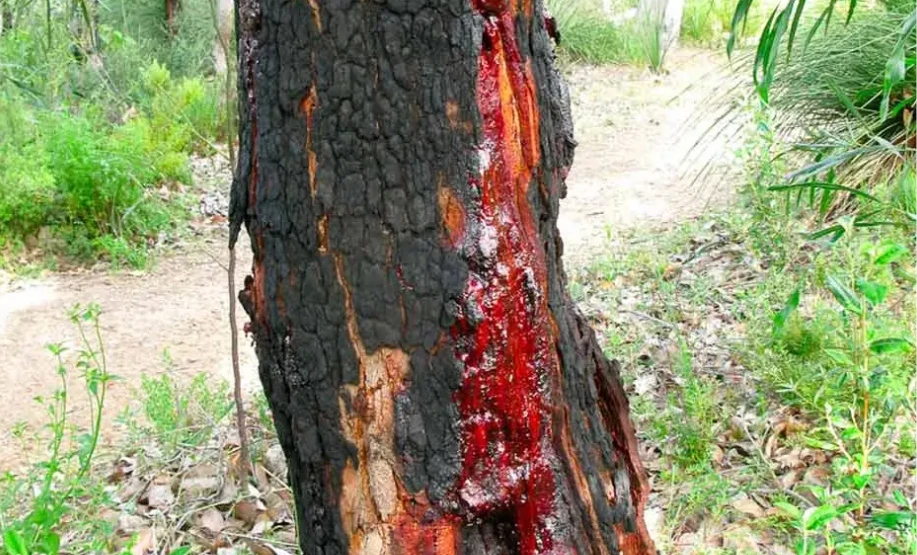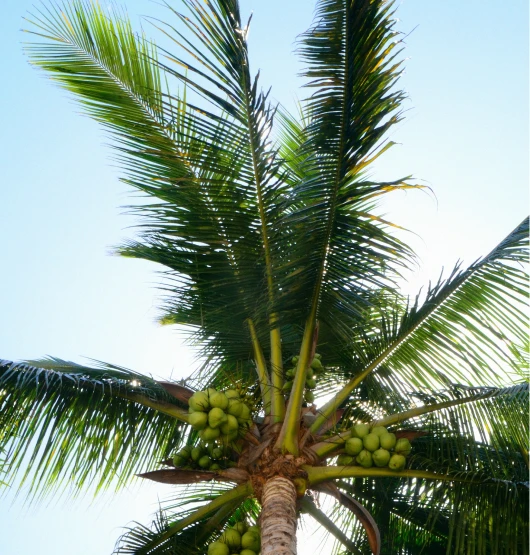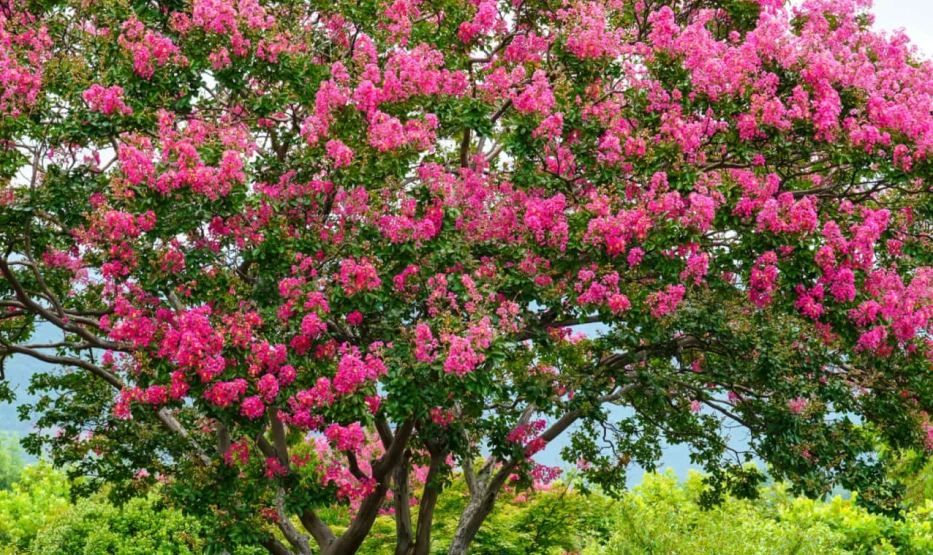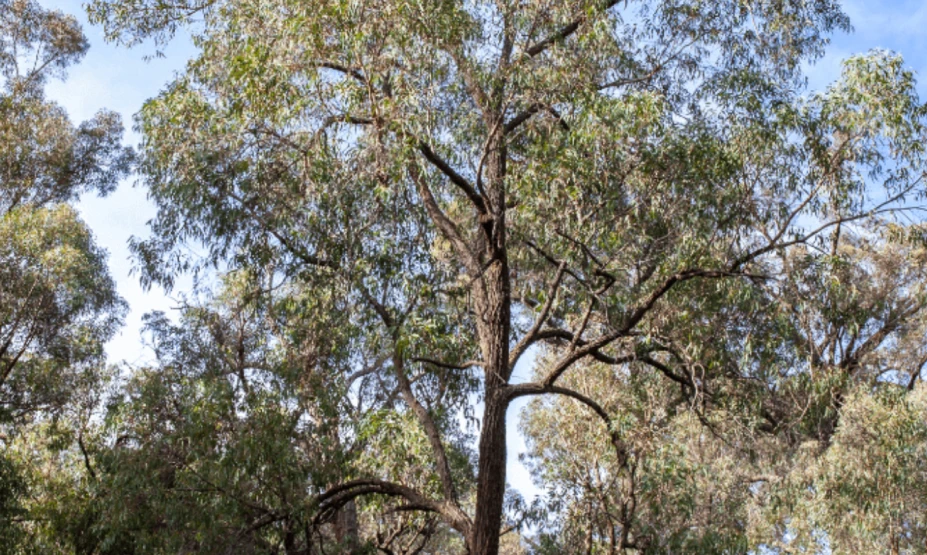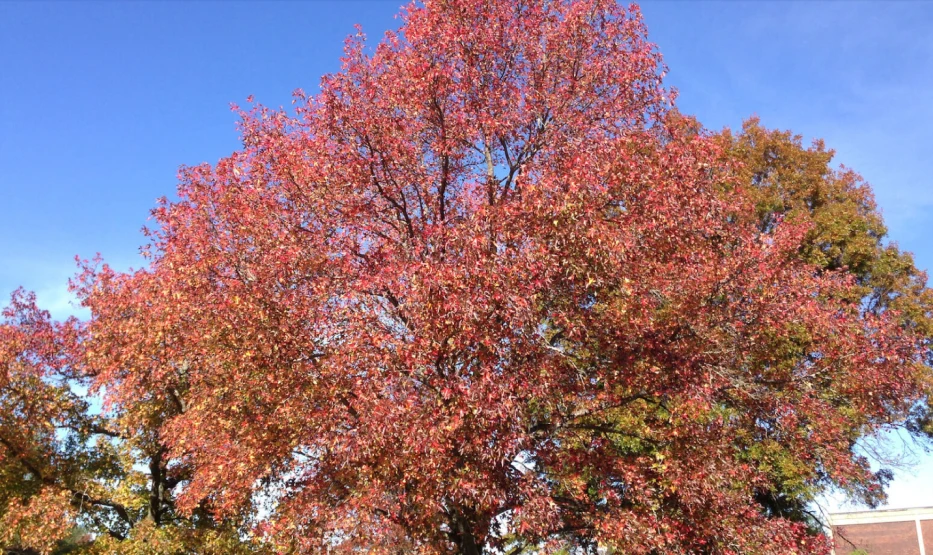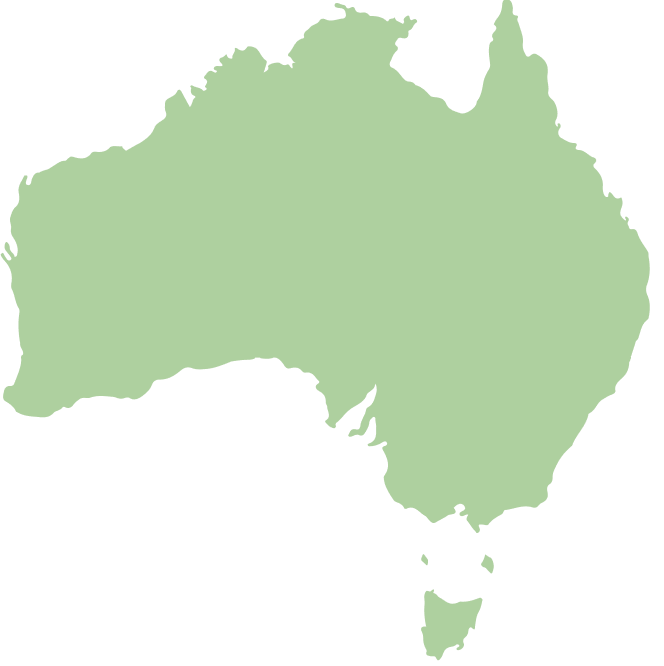The Bloodwood tree (Corymbia opaca) belongs to the Myrtaceae or Eucalypt family of trees which is mostly found in Australia. It can be found in the desert and dry regions as well as in coastal, sandy and lower hillslopes. Their population is thriving thus least concern is given to them in terms of conservation status.
This tree can grow up to 45 metres in height. It can grow really tall as long as the soil it stands is fertile with good exposure to sunlight and water. One distinct characteristic of the Bloodwood tree is its ability to produce a blood-like sap whenever it sheds its bark or when it is intentionally cut. Similar to an animal’s blood, the sap is released by the tree to coagulate and seal the wound.
Aboriginal bushmen have various uses of the Bloodwood’s tree’s parts. They open and “wound” the tree’s bark to allow the sap to flow and crystallise. They collect the substance to be used as medicine in treating cuts as well as an antiseptic to protect from infection. It can also be crushed and powdered and then added to boiling water to be used as an antiseptic wash.
The sap is also used as a water sealant when tanning the kangaroo hide that the natives use for their waterbags.
The roots of the Bloodwood tree, on the other hand, can store a large quantity of water. If you’re the type that loves to explore the outdoors and wilderness, try digging the roots of small to medium-sized Bloodwood trees for your water supply.
